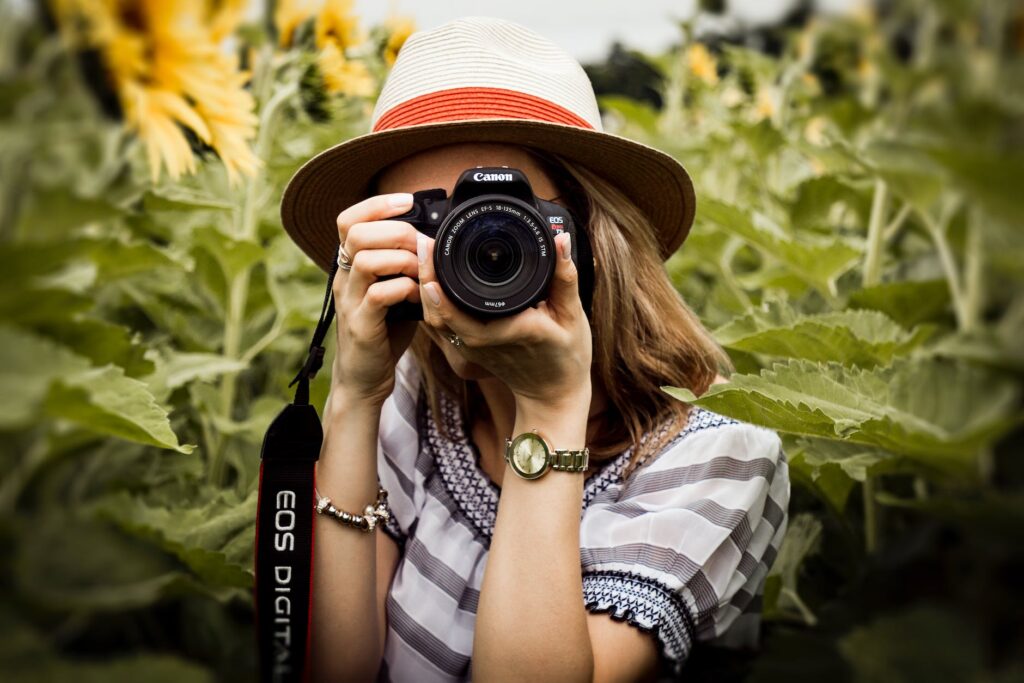
Introduction
The art of capturing emotion from a subject is a skill that every photographer should master. If you are looking to improve your portrait photography, here are some tips that will help you capture the true emotions of your subjects:
Capture the emotion.
The most important thing to capture in your portraits is emotion. best way to do this is by looking into your subject’s eyes, but you can also see a lot of emotion in their face. Say’s Dr. Michael Hilton, For example, if they’re smiling or laughing, look at the lines around their mouth and nose; those are where we express ourselves through facial expressions!
Use natural light.
Natural light is best for portraits. If you’re not able to shoot in natural light, try to find a room with good lighting. If you can’t get access to either of these options, use a flashgun and modifier (or simply bounce your flash off the ceiling)
Shoot a variety of poses.
The next time you’re shooting portraits, try some of these poses:
- The back-to-camera pose. This is one of the most common ways to pose a subject. It’s easy to do and can create an interesting composition when combined with other elements such as props or backgrounds.
- The facing-the-camera pose. This is another standard option that works well in many situations, especially when working with kids or pets who aren’t always into being photographed!
- The arms up in the air pose (or “I’m flying!”). If your subject has excited energy about them, this might be an ideal way for them to show it off!
Have your subject interact with each other, or the space around them.
As you’re working with your subject, try to get them involved in an activity. If they are alone, have them interact with their environment. For example, if they are sitting down on a bench or leaning against a wall or tree–have them look at the camera while doing so. You can also have them interact with other people; for example, if there are multiple subjects in the shot–have one person stand up straight and smile while another person leans forward and looks into the lens of your camera (and vice versa). This creates interest in the composition by using different angles of vision from both parties involved in each shot.
The idea behind this principle is that it creates more depth within your photos because it shows more than just one thing at once: It shows two different perspectives coming together into one image!
Try different angles by either shooting down on them, or looking up at their face.
While it’s important to keep your subject in the same position throughout a shoot, it’s also good practice to try different angles by either shooting down on them or looking up at their face. This will help you get a variety of different perspectives and create more interest in your photos.
Conclusion
The most important thing is to have fun and experiment! You don’t have to have a fancy camera or expensive lighting equipment. The best portraits are the ones that capture your subject’s true personality and spirit.